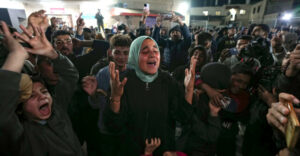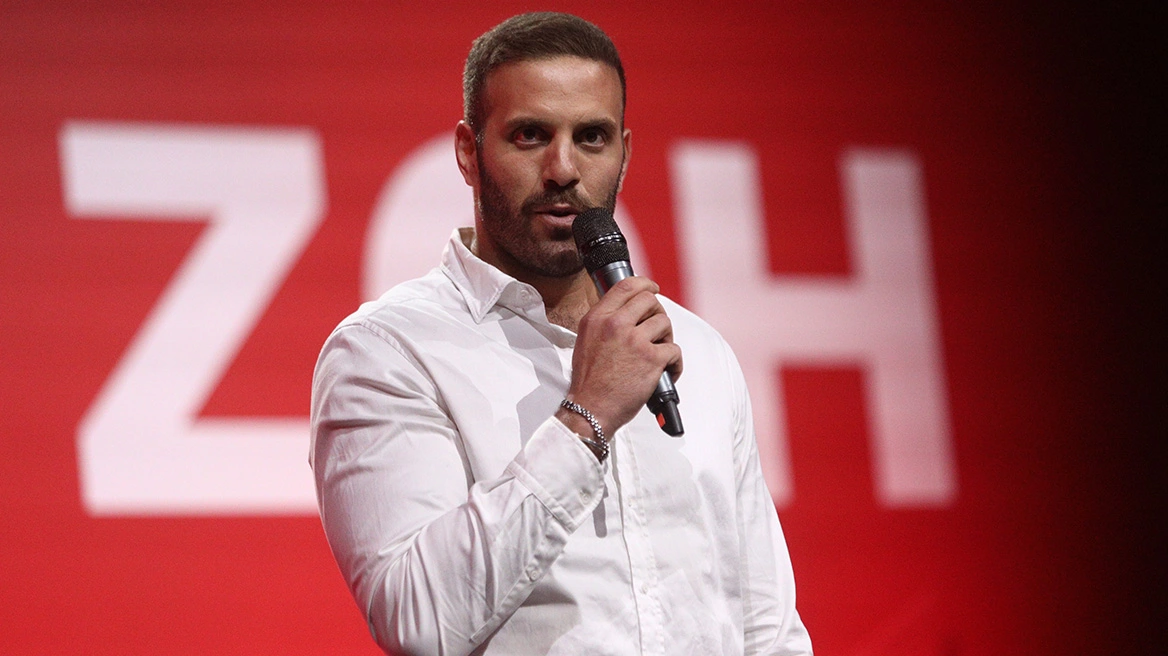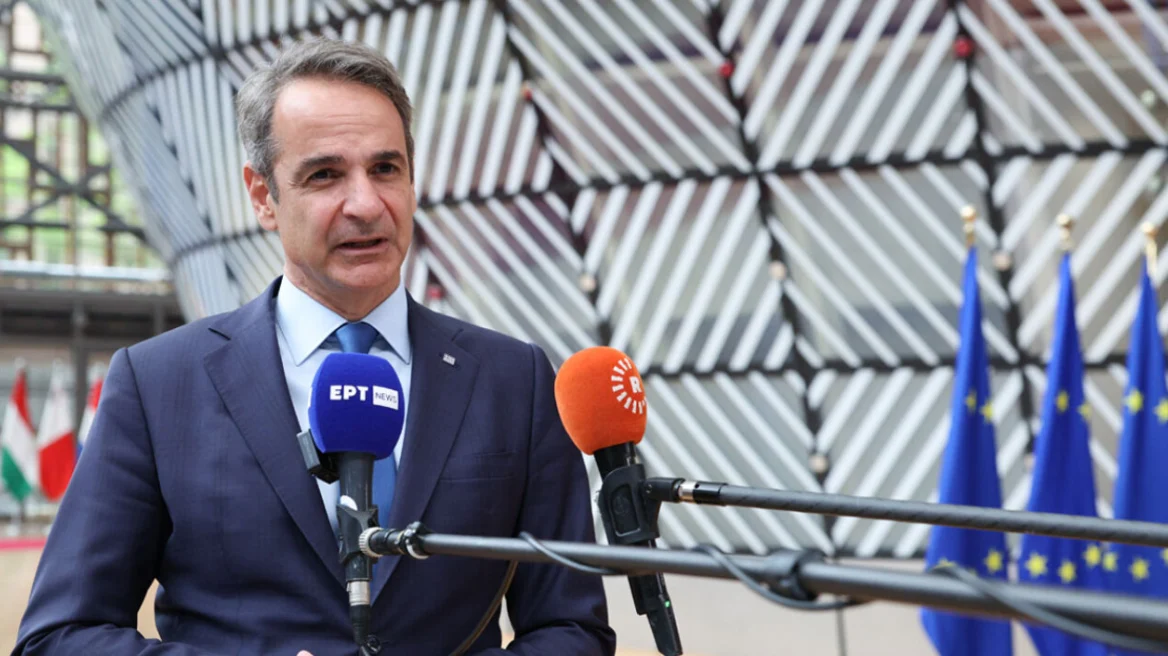After 467 days of war, Israel and Hamas decided it was time for the second ceasefire in the Palestinian enclave. To be precise, during those 467 days, a ceasefire was achieved only once before, in November 2023, a month after Hamas invaded Israeli territory and the horrific events of “Black Saturday.”
This time too, the agreement’s plan weathered countless hurdles and was finally decided in Doha after coordinated pressures from both the Biden and Trump teams. For at least six weeks, the priority will be on the people on both sides of the wall. On one side, 33 Israeli hostages, whom Hamas has confirmed to be alive, will gradually return to their families, and on the other, an unknown number of Palestinian prisoners will be transferred in the opposite direction to the occupied West Bank.
A ceasefire agreement has been reached, a Hamas official has told Sky News, after more than a year of fighting in Gaza.
— Sky News (@SkyNews) January 15, 2025
Palestinians are seen celebrating in Gaza, singing and cheering as the news breaks.
? https://t.co/lNE85yzzPk
? Sky 501, Virgin 602, Freeview 233 pic.twitter.com/ExPjG2Svo7
The most critical part of the agreement concerns the civilians within the enclave, who, for the first time in over a year, will see humanitarian aid, attempt to return to whatever remains of their homes, and try to recover and bury their loved ones still trapped under the rubble.
The Heavy Toll on Civilians
From the beginning of the war, civilians on both sides have borne the heaviest burden. Israel lost over 1,000 civilians within hours of the terrorists’ invasion of homes, kibbutzim, and the entire area near the Gaza border. Meanwhile, the Palestinian side reports more than 46,000 dead, though organizations and NGOs believe this figure is underestimated, given the unknown but undoubtedly dramatic number of people still buried under Gaza’s rubble.
Even today, nearly 470 days into the war, the exact number of civilians held by Hamas within Gaza remains unknown. Israeli sources estimate more than 90, though 30 are believed to have died. Sixty individuals remain in Hamas’ hands, surviving under extremely dangerous and appalling conditions.
The agreement currently provides for the release of more than 30 hostages, meaning that dozens of Israeli civilians will still be left behind. What seems certain is that among the more than 30 individuals to be returned to Israel in the next 42 days are the last seven living hostages with dual citizenship. These seven individuals, who hold American passports, appear to have been the key reason for an exceptional and likely final diplomatic collaboration between the Biden and Trump teams, even outside the U.S.
Closing Note
The massive celebrations in Tel Aviv and Gaza reveal the profound impact of this agreement on ordinary people. The humanitarian crisis in Gaza is evident to all Israelis, many of whom have spent months protesting in Jerusalem and Tel Aviv, demanding not only the return of their loved ones but also an end to the bloodshed. On the other hand, civilians in Gaza, for the first time, are raising Palestinian flags instead of symbols of Hamas or Fatah, signaling that the moment has come to put humanity back at the forefront.
The ceasefire agreement shares many characteristics with the one from November 2023: a specific timeframe, commitments, and strict terms. However, it also lacks a plan for the next day. Israel has announced that this is a matter for the Prime Minister to discuss bilaterally with the new U.S. President, while what remains of Hamas, following the death of Sinwar, claims that the “struggle” does not end here.
The Mark of War in Gaza in Numbers
Just last week, the Palestinian Authority released the “mark” of 460 days of war in Gaza.
According to the Palestinian Ministry of Health:
- 1,600 families have been completely wiped out.
- 17,841 children have died.
- 44 people have died from starvation or complications caused by it.
- 8 people, including 7 children, have died from hypothermia.
- 12,298 women are among the victims.
- 1,068 doctors and nurses have been killed.
- 202 journalists have lost their lives.
- 109,274 people have been injured.
- 35,074 children have been orphaned.
- 161,600 homes have been completely destroyed.
- 34 hospitals and health facilities are out of operation.
Ask me anything
Explore related questions





